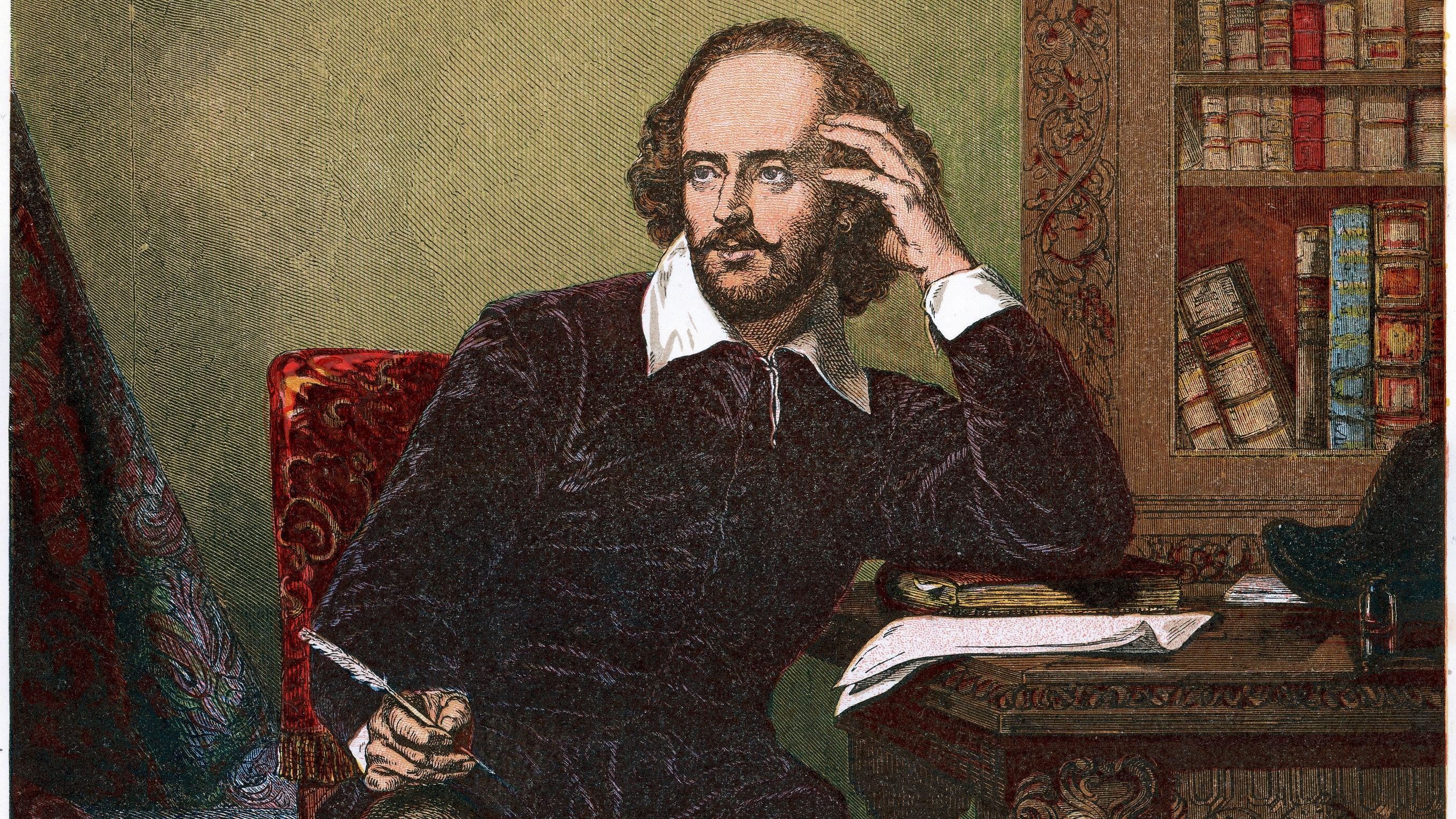
Credit: Special Arrangement
Classics are something that everyone talks about but are seldom read. Shakespeare’s plays fall under this category. Most of us did not grow up with Shakespeare as a regular part of the English syllabus. We would have read one or two plays that were thrust upon us as a part of the English syllabus.
The onus is on the teacher to teach Shakespeare’s plays in the most interesting manner, bringing out not only the ingenuity of Shakespeare’s writing style but also the nuances and richness of the English language.
Many students rely on guides for summaries of English or language lessons. However, many of their guides are of low quality. They undermine the learning process. How nice it would be if the plays of Shakespeare were “summarised” as a short story?
Indeed, twenty of the most popular plays, both tragedies and comedies, have been retold as short stories in “Tales from Shakespeare” by siblings Charles and Mary Lamb. The book’s first edition was in 1807. It is easily available online and can be downloaded for free. The preface of the anthology says that the “tales are meant to be submitted to the young reader as an introduction to the study of Shakespeare. A modern version of the play is used; it is easy for the teacher to teach and the student to understand”.
However, if an older version of the play is prescribed, it would be prudent for the teacher to explain the frequently used words of old English. For instance, words such as thou (you), thee (you), ye (you), thy (your) thyself (yourself), thine (yours). There are also some archaic words used frequently such as anon (right away, immediately) and betwixt (in between). A short glossary of such words can be made as well.
Shakespearean English (or Early Modern English) has some notable grammatical differences from Modern English regarding using “thou,” which is the proper second-person singular. It also has its own verb form, such as “thou art,” “thou dost,” and “thou shalt.” The second-person singular has been replaced by the second-person plural (“you”) in Modern English.
Verb endings for the third-person singular also differ in Modern English; we only add an “s” to the end of the verb, as in “says” or “makes.” In Shakespearean English, you also add “th/eth,” which includes “doth,” “sayeth,” “maketh,” and “giveth.”
Plays are meant to be performed and watched, not to be read in silence or sitting at desks. Unfortunately, staging of Shakespeare plays is not common in India. Luckily, many of these plays have been made into movies, one such being The Merchant of Venice (2004), with a powerful performance by Al Pacino in the role of Shylock and a 1973 version with Laurence Olivier playing the role of Shylock.
Watching these movies, which are now easily available on the net, will have a powerful impact on the student’s mind and lead to a better comprehension of the play.
Tips on teaching Shakespeare effectively
Contextualise the language: Break down difficult Elizabethan English and connect it to modern language. Highlight key phrases and discuss their meanings to make Shakespeare’s words more accessible.
Engage with performances: Show students live performances or film adaptations to bring the plays to life. Shakespeare was meant to be seen and heard, not just read.
Encourage active participation: Have students act out scenes or read aloud. This helps them feel the text's rhythm, tone, and emotion, making it more relatable.
Highlight universal themes: Focus on timeless themes like love, power, and conflict, showing how they resonate with modern life. This makes Shakespeare’s works feel relevant today.
Use creative assignments: Encourage students to rewrite scenes in modern settings, create visual representations, or even compose songs based on the plays to deepen their understanding and creativity.
(The writer is certified by the Trinity Guildhall Centre for Drama and Speech, Trinity College, London)